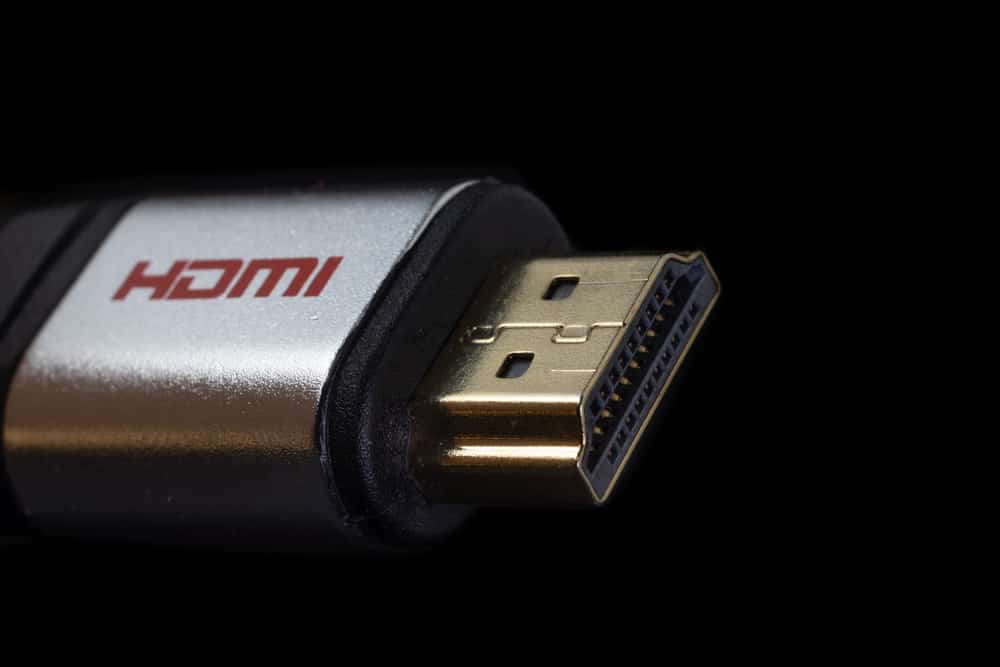
The fact that you’re reading this article means that you’ve found an HDMI cable, but you don’t know which version it is.
You may have already checked the cable for labels or written numbers to give you a clue.
However, you were disappointed when you didn’t find anything.
To determine the version of an HDMI cable, you either need to have the packaging or understand how HDMI cables work.
How To Tell If HDMI Cable Is 2.0

Unfortunately, the HDMI standard doesn’t require the version number to be printed on the cable.
Moreover, since there’s no actual physical difference between the cables, you can’t tell them apart.
If you have an HDMI cable, its either a 1.4, 2.0, or 2.1.
You can only assume that it’s 1.4 when you know it’s very old.
The only way to figure out if you have a 2.0 rather than a 1.4 HDMI cable is to connect the cable to your TV or PC and alter the display settings.
If your system supports it, set the resolution to 4K, the refresh rate to 60 Hz, and the coloring to full RGB.
If the cable can transfer the data, it’s a 2.0 HDMI. If not, it’s a 1.4 HDMI cable.
If you suspect if the cable might be HDMI 2.1, you should up the resolution to something that a 2.0 cable can’t support, like 4K at 120 Hz.
What Are 4K And 8K?

A few years ago, the clearest picture we could get was in HD or 1080p quality, with a resolution of 1920×1080 pixels.
That changed when the 4K entered our lives and brought as many as 3,840 horizontal pixels and 2,160 vertical pixels for crisper image quality.
Since there are nearly four thousand horizontal pixels, we call it 4K resolution.
Other names include Ultra High Definition, Ultra HD, or UHD for short.
4K TVs and computer monitors have become popular in the past years, and 4K is still the highest resolution possible for video streaming and Blu-ray.
As of 2020, TVs and home theaters that support 8K resolution were introduced to the public.
The new Xbox and PS5 gaming consoles also support 8K.
However, 8K video content and games won’t be available until a few years from now.
What Are The Different Versions Of HDMI?
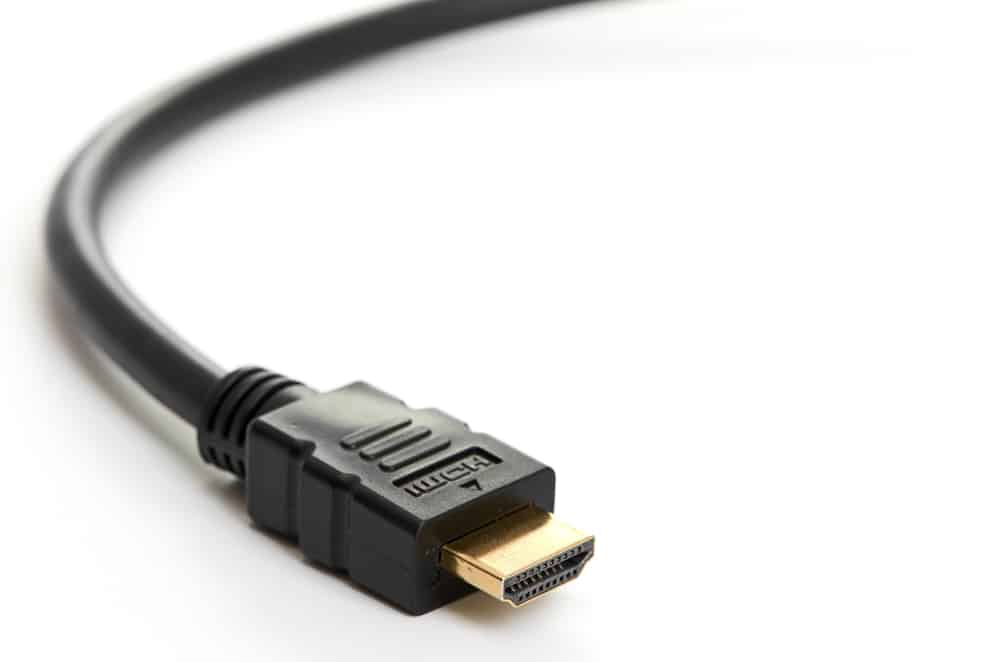
- HDMI 1.0 and 1.1: The earliest versions of HDMI can support 720p resolution with a refresh rate of 60Hz tops and 1080p at 60Hz tops.
- HDMI 1.2: This version can support 720p resolution with a 120Hz refresh rate and 1440p up to 30Hz refresh rate.
- HDMI 1.3 and 1.4: The HDMI 1.4 introduced ARC capabilities and is also the first version to support 4K resolution. It supports 1080p at 120 Hz, 1440p at 60 Hz, and 4K at 30 Hz.
- HDMI 2.0: This version can pass 1080p at 240 Hz, 1440p at 120 Hz, 4K video at 60 Hz, and 5K at 30 Hz refresh rate.
- HDMI 2.0a: This is an update to the 2.0 HDMI that can support HDR videos along with all the 2.0 capabilities.
- HDMI 2.0b: The update went further to support Hybrid Log-Gamma (HLG) HDR videos.
- HDMI 2.1: The latest HDMI version increased the bandwidth to support 4K resolution at 120 Hz and 8K at 60 Hz.
It also supports e-ARC capabilities.
Remember, each one of the HDMI versions is backward-compatible with the older ones, so it’s not likely that you would run into compatibility problems.
However, if you have a TV that supports HDMI 2.1, for instance, you should use an HDMI 2.1 cable along with other compatible components to take advantage of the maximum capabilities.
What Kinds Of HDMI Cables Are There?
A few years ago, the version numbering of the HDMI cables was dismissed, and the HDMI brand introduced new classifications for their cables.
The HDMI types now differ in their maximum bandwidth and speed.
- Standard HDMI Cable: This type of HDMI cable has a bandwidth capacity of up to 5 Gbps, which supports 720p and 1080p resolution. The standard cable is optimal for HDMI versions 1.0 and 1.2. It’s used for satellite TV, HDTV broadcast, and some other earlier consumer applications.
- High-Speed HDMI Cable: The High-Speed cable bandwidth can transfer speeds up to 10 Gbps. It can support 1080p resolution and 4K at 30 Hz and other advanced display technologies such as 3D and Deep Color. It’s optimal for 1.3 and 1.4 HDMI versions.
- Premium High-Speed HDMI Cable: This cable’s bandwidth capacity is up to 18 Gbps, meaning it can support 4K resolution at 60 Hz, HDR video, and expanded color spaces. The Premium High-Speed cable is optimal for HDMI 2.0, 2.0a, and 2.0b versions.
- Ultra-High-Speed HDMI Cable: This cable is optimal for the 2.1 version of the HDMI cables, with a bandwidth capacity of up to 48 Gbps.
It supports a 4K resolution at 120 Hz and 8K at 60 Hz.
This cable features a low EMI (electromagnetic interface), which, in turn, reduces its interface with wireless devices nearby.
Note: These cables are also backward compatible.
Automotive versions of the standard and high-speed HDMI cables are available, which are tested to higher performance standards, meaning they can send stronger signals than other cable types.
These cables are used for connecting car or portable DVD players and video displays.
They won’t allow other cars’ electrical systems to build an interface.
Some of the HDMI cable types can have built-in Ethernet, including the standard cable, high-speed cable, and premium high-speed cable.
They offer device networking with the help of the HDMI Ethernet Channel (HEC), which is an additional dedicated data channel.
What’s The Difference Between HDMI 1.4 And HDMI 2.0?
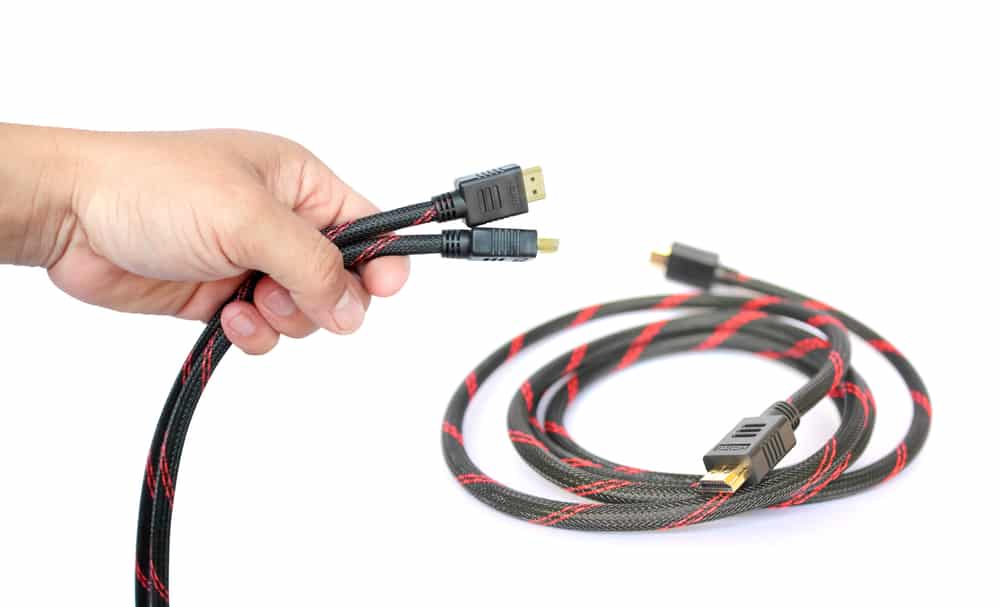
When the HDMI 2.0 was first introduced, people thought it was a rip-off and was no better than the 1.4 version.
However, after a few years, the 4K video became widespread, and they realized that it could do much more.
We know both 1.4 and 2.0 versions can support 4K resolution.
Their main difference is in the bandwidth they can handle.
As mentioned before, HDMI 1.4 can handle a bandwidth of up to 10 Gbps, but HDMI 1.8 can transfer up to 18 Gbps.
Higher bandwidth means that the system can transfer more data every second.
How is that going to make a difference?
- Frame Rate: HDMI 1.4 supports a frame rate of up to 30 Hz with the 4K resolution, whereas HDMI 2.0 supports up to 60 frames per second. 30 Hz could still be enough for most movies and TV shows, but the industry is moving towards producing content at higher frame rates. The reason is that a 4K video will look so much more vivid and sharper at higher frame rates. Low frame rates will make some scenes look choppy and blurry, especially fast-moving ones. Therefore, HDMI 2.0 is a necessity when you’re gaming or watching sports.
- Color Pallets: With 4K resolution, HDMI 2.0 can support a more profound and richer color palette. It delivers ten or 12-bit color palettes, which provides 68.7 billion possible color combinations. That makes a profound difference as opposed to the 8-bit color pallet that HDMI 1.4 brings to the table. It only offers 16.7 color combinations.
- Audio: The 1.4 version can handle up to eight audio channels, which was great for when we used unidirectional speakers and placed them in the sides, rear, and front parts of the room. On the other hand, the 2.0 version can support up to 32 virtual sound channels with the help of immersive surround sound technology. It delivers the sound through omnidirectional speakers that you can place in your home theater or living room.
What’s The Difference Between HDMI 2.0 And HDMI 2.1?

Then again, the main difference between the HDMI 2.0 and the latest version, which is 2.1, is the bandwidth.
As mentioned, HDMI 2.0 can support up to 18 Gbps.
Still, the 2.1 version comes with a considerable improvement, supporting up to 48 Gbps, giving it the ability to transfer way more information in a second.
The people who can currently take advantage of this feature are gamers because they can run games in 4K at 120 Hz.
Video game developers have already produced and promoted these types of games.
Moreover, everyone will soon be able to benefit from the fact that HDMI 2.1 supports 8K resolution.
Currently, a few TV models offer support for 8K content and come with HDMI 2.1-compliant ports.
The PlayStation5 and Xbox Series X are both equipped with HDMI 2.1.
However, we should wait for 8K content to become available to take advantage of the supporting hardware.
HDMI 2.1 also supports a feature named “Dynamic HDR.”
It lets a connected display adjust the HDR metadata on a scene-by-scene and frame-by-frame basis.
The 2.1 version also supports eARC or enhanced Audio Return Channel.
This feature helps meet the audio standards of Dolby Atmos and DTS:X for streaming high-resolution multi-channel audio formats.
How Do I Recognize A Premium High-Speed HDMI Cable?

Since HDMI changes its cable’s categories to High-Speed, Premium High-Speed, and Ultra-High-Speed, it’s been labeling its products so consumers can reportedly “Trust the cable with the label.”
HDMI claims: “To help consumers and to clarify cable types further, all HDMI cable products are required to be labeled with Cable Name Logos provided by HDMI Licensing Administrator.
Look for these logos when choosing the HDMI cable that is best for your needs.”
If you need to make sure that you own a specific HDMI cable version, you will have to purchase a new one with new labeling.
NEXT: Can You Plug A Surge Protector Into A UPS? (What To Know)




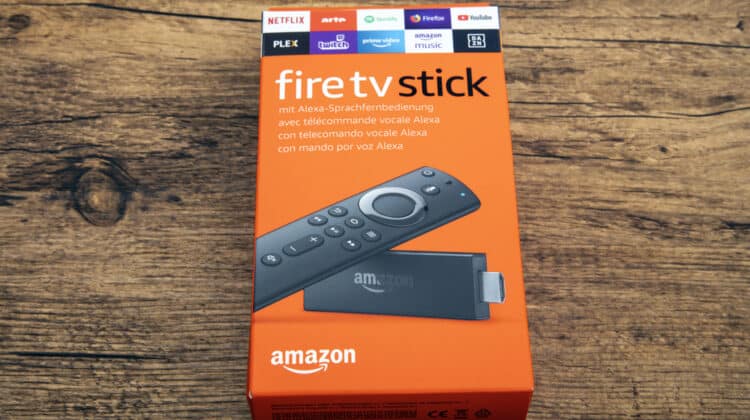
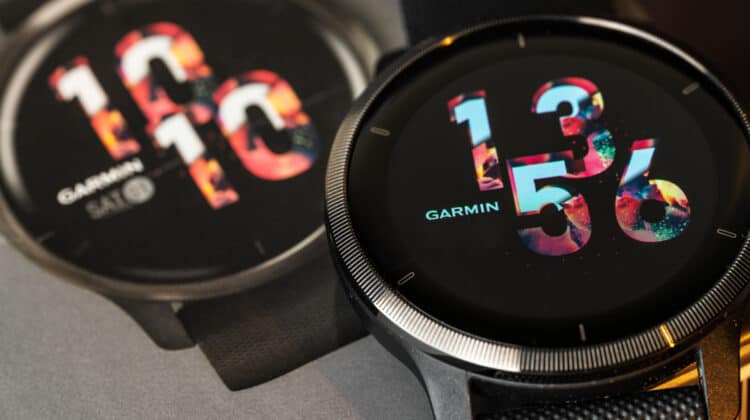



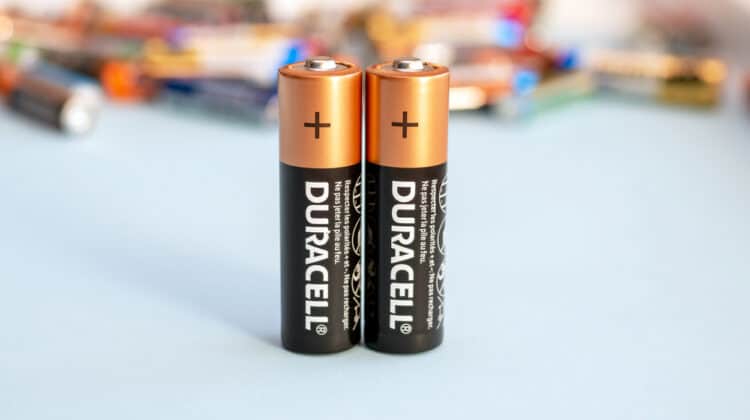


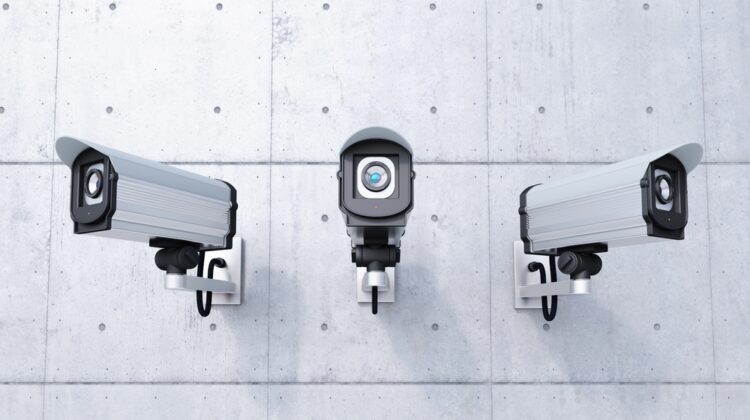

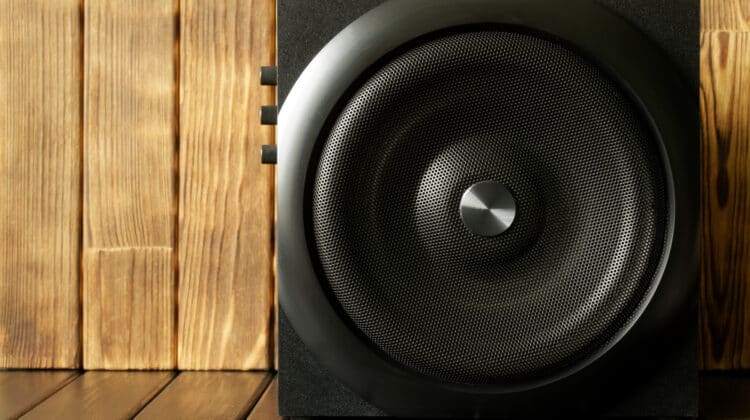
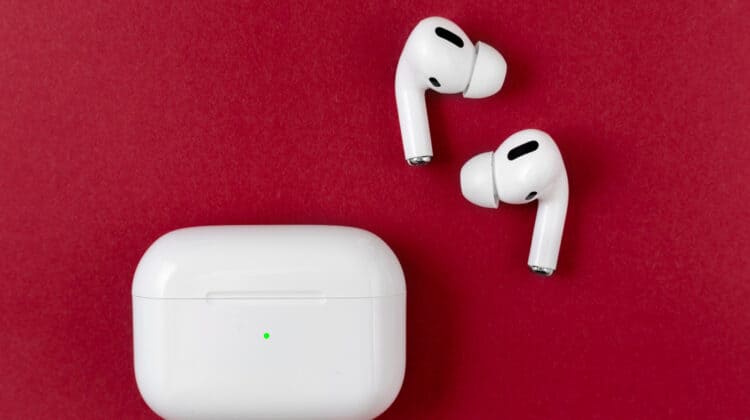
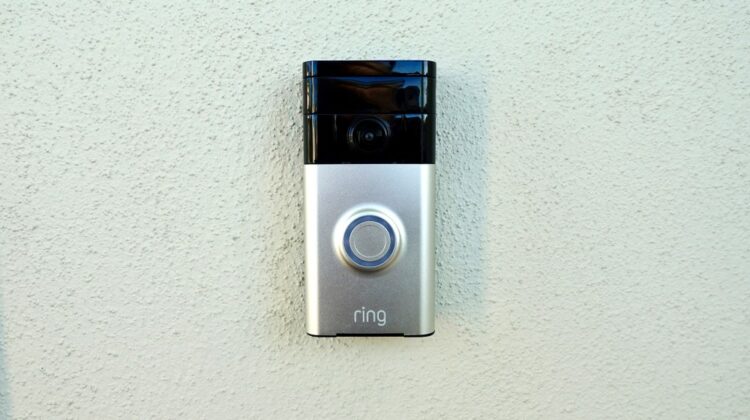

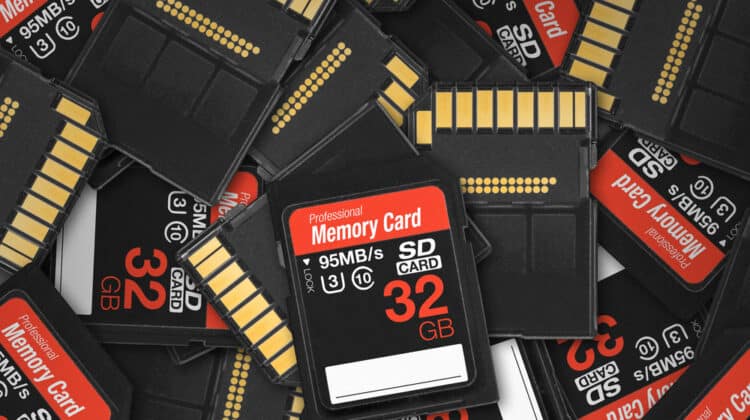
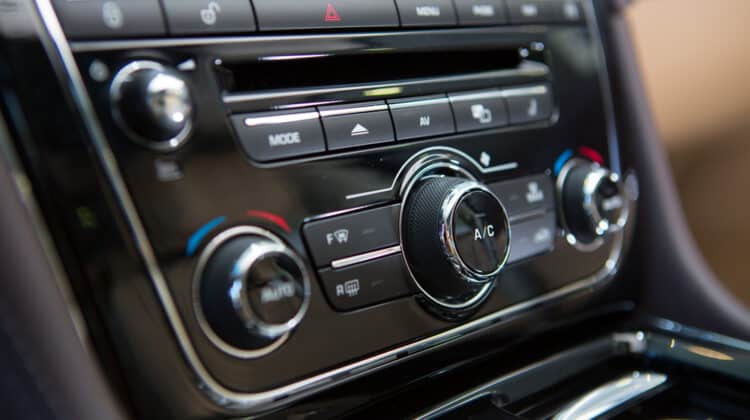
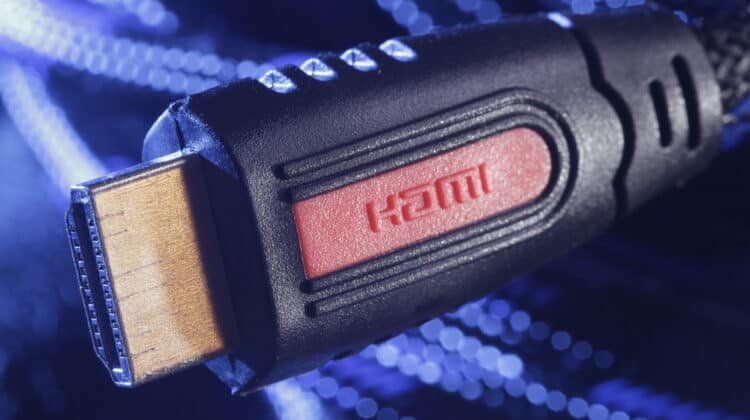


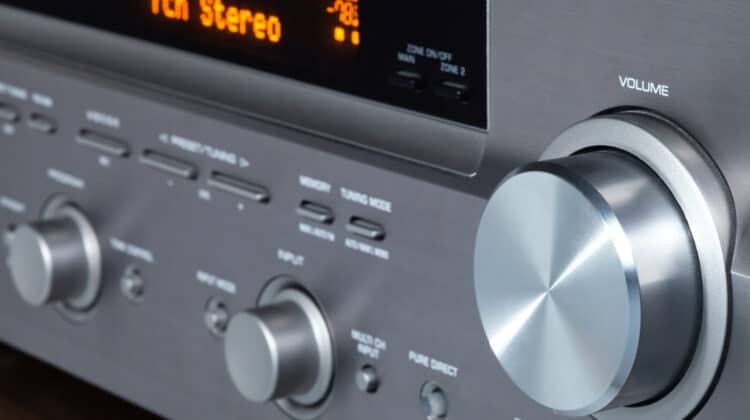

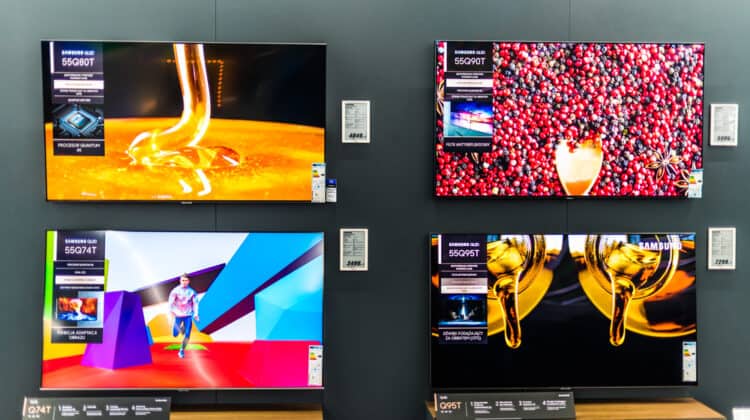

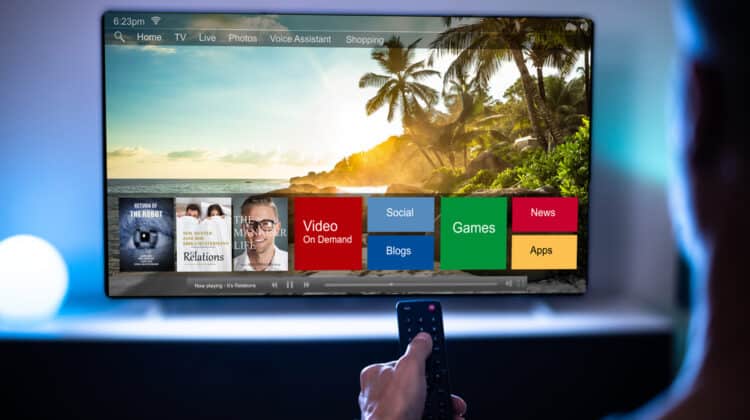
Me das tu consentimiento de publicarlo en mi blog… Gracias, Un saludo